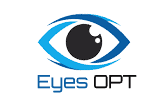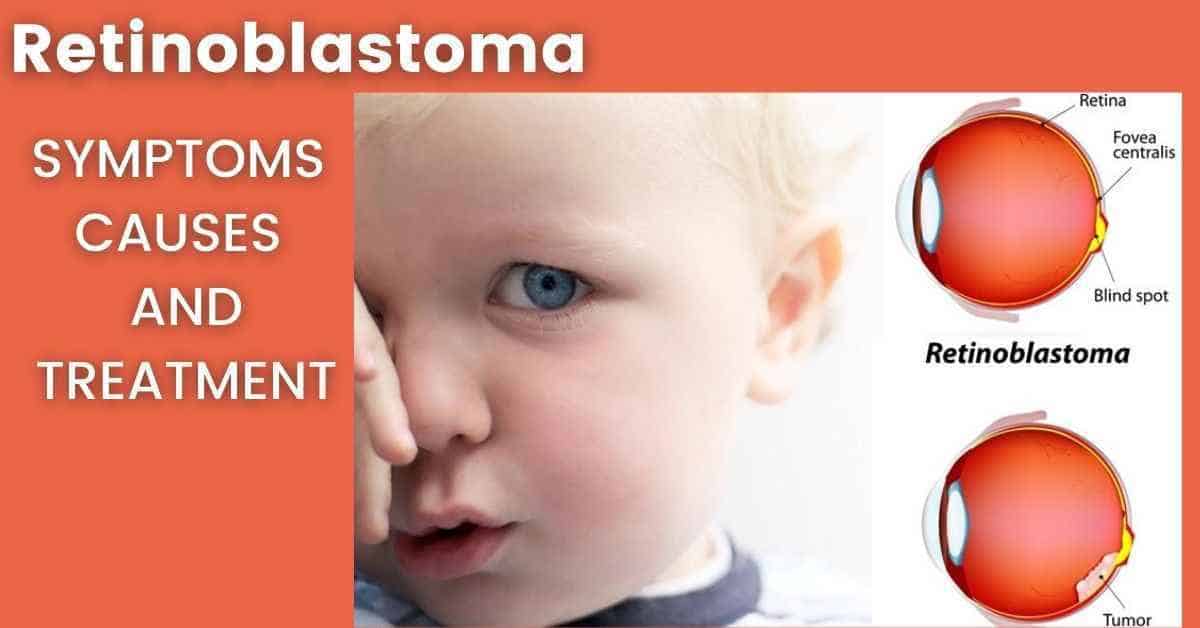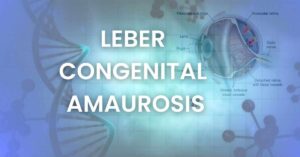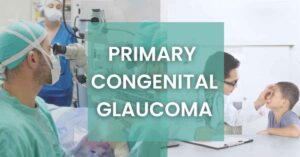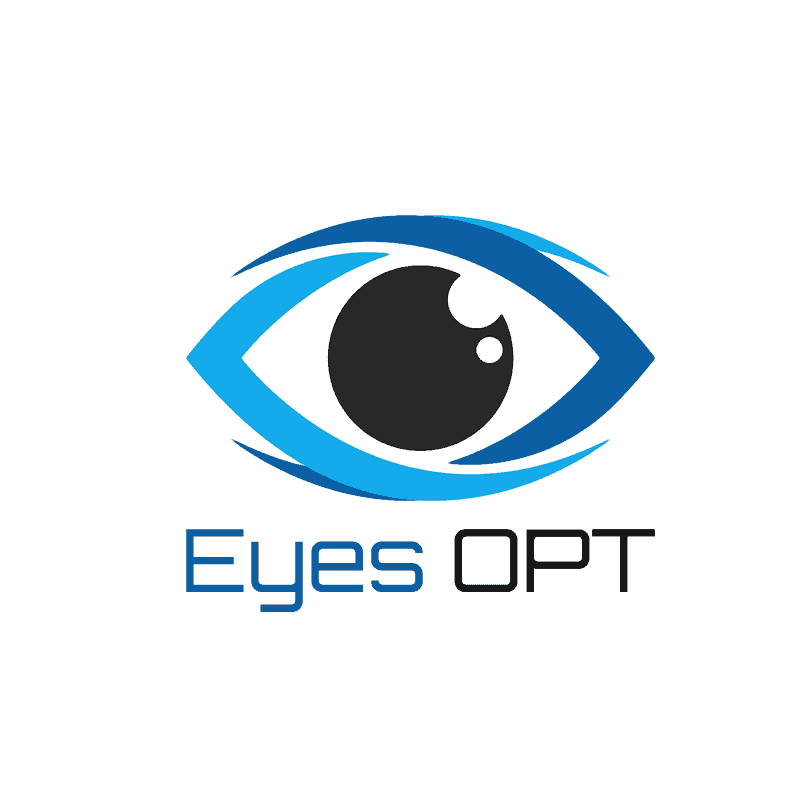Retinoblastoma is a rare hereditary eye disease that is referred to as cancer in the retina of the eye. In retinoblastoma, the malignant cells are developed in the tissues of the retina which is a light-sensitive lining and is located at the back of the eye that communicates the visual messages to the brain through optic nerves.
Table of Contents
ToggleWhat happens if retinoblastoma goes untreated?
Retinoblastoma is an uncommon disease but it could have devastating consequences if the treatment is not done timely. It may cause vision loss, damage to the brain, or death in the affected person if it is not treated properly. The effects of retinoblastoma on the affected persons can vary because of the health and other environmental factors of each individual. Retinoblastoma is generally diagnosed in young children but rarely also in adults. Retinoblastoma can affect the children having a family history of this gene mutation and also the children having no family history it means retinoblastoma can be inherited disease or non-heritable.
How quickly can retinoblastoma develop?
Retinoblastoma is happened due to the gene mutation or maybe functionally inactivated in the majority of human cancer cells. When it is considered as the retinoblastoma tumor suppressor then it is referred to as the master regulator of the cell cycle.
How aggressive is retinoblastoma?
Retinoblastoma is termed as aggressive eye cancer which usually affects only one eye and symptoms can be detected easily in children under two whereas children older than six has usually very rare chance to have this tumor.
What are the Causes of Retinoblastoma?
Retinoblastoma generally causes the genetic mutation in the nerve cells of the retina which instigates the cells to grow faster with having the effect of the multiplier and then accumulate in the retina to cause tumor. The tumor destroyed the structure of the eye and cause severe damage.
Can retinoblastoma spread to the brain?
After damaging the eye, the tumor can further grow in the brain and spine of the affected person and affect the normal functioning of the brain and spine. The actual legitimate cause of the retinoblastoma is unknown but it usually happened because of genetic mutation; thus retinoblastoma is usually inherited from parents but a significant number of non-heritable retinoblastoma are also recorded.
Why does retinoblastoma occur mostly in children?
Hereditary retinoblastoma is seen in children whose parents are carriers of this gene mutation. There are 50% chances in the children to have retinoblastoma if either parent has a single copy of this defected gene mutation. Generally, the children who are affected by hereditary retinoblastoma are suffered from cancer in both the eyes and are at high risk to have other kinds of cancer. Usually, this cancer also spread to other parts of the body and eventually damages the structure of the body parts.
How does retinoblastoma affect the eye?
In the start, the retinoblastoma occurred within the eyeball, then in the orbit, and also affects the optic nerve into the central nervous system. Later, cancer spread to other parts of the body through the blood cells and the lymphatic system. Thus, the cause of retinoblastoma is gene mutation of pRB, a protein whose function is to prevent excessive growth of the cells until a cell is ready to divide, which can be hereditary or non-heritable; other factors that can cause retinoblastoma are still under observation but no can be proven reason.
What are the Symptoms of Retinoblastoma?
Retinoblastoma is a cancer found in infants and small children. Infants and small children experience the symptoms of retinoblastoma but are unable to explain them to their parents as they can’t interpret the symptoms accurately because they are unable to understand what is happening to them. The parents can themselves notice some visible symptoms that can be alarming to them. The symptoms can be:
- White color in the pupil
- Squint in the eyes
- Redness in the eyes
- Swelling in the eyes
White color in the pupil
The most obvious symptom of retinoblastoma is a white color in the pupil. When the light is thrown in the eye then the dark-colored spot around the iris is enlightened by seen as a white color in the pupil. This is not seen in every photo as various factors can affect the visibility of leukocoria. The ambient lighting, the angle of flash while entering the eye, the tumor’s position and size, and either the red-eye reduction are used or any other lightning form is used.
Squint in the eyes
The other symptom of retinoblastoma is the squint in the eyes of the affected person. The particular person’s pupil of both eyes sees the things in the opposite direction as cancer destroys the actual structure of the eye so it may affect the position of the pupil also.
Redness in the eyes
The redness in the eyes is also seen commonly as persistent redness has existed in the eyes.
ReSwelling in the eyes
Furthermore, parents can observe persistent swelling in the eyes of their children which can be an indicator of having a retinoblastoma tumor in the eye.
What are the different types of retinoblastoma?
Retinoblastoma is further segregated into three types, which are:
- Unilateral Retinoblastoma
- Bilateral Retinoblastoma
- PNET (Primitive Neuroectodermal Tumors)
Unilateral Retinoblastoma
In this type of retinoblastoma, the tumor is emerged in one eye and does not affect the other eye and parts. This type is seen in 60% to 75% of the reported cases of retinoblastoma.
Bilateral Retinoblastoma
This type of retinoblastoma affects both the eyes of the affected person. The tumor starts from one eye and spread to the other eye while destroying the structure of both eyes.
PNET (Primitive Neuroectodermal Tumors)
This tumor occurs in the primitive nerve cells present in the brain as a form of associated tumors.
What are the Stages of Retinoblastoma?
The process of retinoblastoma is usually divided into stages for the location of cancer and the growth rate of spreading cancer into the other parts of the body. The other parts can be the brain, organs, or bones which can be affected by retinoblastoma cancer. There is a total of five stages of retinoblastoma cancer, these are:
- Stage 0 – In this stage, the tumor has occurred in the eye only and the healthcare can treat it without any surgery as no high-risk complications are identified,
- Stage I – In this stage, the tumor is in the eye but the proper treatment is required and the healthcare usually decides to remove the eye as after the removal of the eye no cancer cell will be survived.
- Stage II – In this stage, the tumor is in the eye. The cancer cells remain present even if the eye is removed but those cancer cells can be seen through a microscope only as they are too small to see from a human eye.
- Stage III – In this stage, the tumor is spread to other parts of the body including the eye sockets, neck, and ear. In the eye socket, cancer spreads in the tissues while it spread in lymph nodes in the case of the neck and ear.
- Stage IV – In this stage, the cancer is spread to other parts of the body as the cancer cells rapidly grow all over the body. Those body parts can be the liver, brain, spinal cord, or bones that can be affected by retinoblastoma cancer cells.
How is retinoblastoma diagnosed?
Once the symptoms indicated that the child has RB then take him/her to an eye doctor who diagnosed that whether the child has RB or not. The doctor examines the eye closely through a magnifying lens or the strong light that helps in looking into the retina also then if there will any cancer cell or tumor then the doctor further investigated the size and growth rate of the tumor through different tests. These tests can be:
- Ultrasound
- MRI
- CT (Computed Tomography) Scan
Ultrasound
In an ultrasound test, sound waves are sent to the respective part of the child then these sound waves travel inside and give pictures of the child’s eye on the screen. The eye doctor examines the pictures closely to diagnose the existence of any tumor or not. The sound waves are the safest way to take the pictures as it has no side effects on the organs of the body.
MRI (Magnetic Resonance Imaging)
MRI (Magnetic Resonance Imaging) is the test that uses radio waves and powerful magnets to give more accurate and detailed images of the eyes. The MRI is the latest technology to get comprehensive and detailed images of the tumor and its growth rate in other organs of the body.
CT (Computed Tomography) Scan
In CT scans, X-rays are used to explore the tumor in depth. Several X-rays are taken from several angles and then all the X-rays are placed together to get as much information as possible.
What treatment is used for retinoblastoma?
Earlier the tumor is diagnosed in the child then it is more chances to retain the eyesight of the child. There are several ways of treating the retinoblastoma, these are:
- Chemotherapy
- Cryotherapy
- Thermotherapy
- Radiations
- Laser Therapy
- Surgery
Chemotherapy
Chemotherapy is widely used as the treatment of RB as in it medication is used. Medication is given to the affected person either orally or intravitreal to kill the cancer cells permanently and it is beneficial when the cancer cells spread beyond the eye pupil and other body parts. In intravitreal chemotherapy, the medication is injected into the eye directly instead of taking orally.
Cryotherapy
Cryotherapy is also known as the ‘cold treatment’ in which cancer cells are frozen and thaw repeatedly to kill the cancer cells completely. Generally in cryotherapy, the substance is used to freeze the cancer cells and doctors prefer liquid nitrogen as the substance use in cryotherapy.
Thermotherapy
Thermotherapy is used when the tumor is small or along with the other treatment when the tumor is large. In this doctor used the special laser to kill the cancer cells present in the eyes with heat. The special laser by using heat energy damage the cancer cells which cause the RB1 mutation that affects the eyes and other parts of the children.
Radiations
Radiations are used as the treatment of radiation therapy in which high-energy radiations are considered. These high-energy radiations are passing through the eye to the cancer cells and then destroy them without using and surgical tool. X-rays and protons are usually used as radiations to kill the cancer cells and treat retinoblastoma.
Laser Therapy
Laser therapy is used when a small tumor is present in the back of the eye and in this treatment different kinds of lasers are utilized to damage the blood vessels which supply the oxygen and nutrients to the tumors.
Surgery
When the tumor is spread and large enough to not treat through medication or lasers then the eye has to be removed through surgery in the child as vision cannot be restored. The surgical treatment includes enucleation, place eye implantation, and the fitting of an artificial eye. The decision of surgical treatment depends on the size and growth rate of the tumor as if the tumor is large then medication and other therapies can’t help the doctors to save the sight of the child.
What are the complications of retinoblastoma?
RB has many complications along with its cancer cells. These complications can harm the affected child and can have devastating consequences, these complications can be:
- Metastasis
- Trilateral Retinoblastoma
- Tumor Recurrence
- Subsequent Neoplasms
What is the survival rate of retinoblastoma?
Generally, 9 out of 10 children having RB can be cured as there is a 96% chance of a 5-year survival rate once the RB is diagnosed. If the cancer is not spread to other parts of the body then the survival rate will be much higher.
Is it possible to prevent retinoblastoma?
There is no approved way to avoid RB in children and adults. In the case of adults, the chances of this disease can be decreased by avoiding smoking and other hazardous chemicals at the workplace but nothing can give surety of avoiding this. Similarly, in children, it is unavoidable as there is no legitimate cause is identified for this gene mutation.
RB can’t be prevented in children having non-heritable retinoblastoma but yes in the case of hereditary retinoblastoma if the parents know about the family history of RB1 mutation then they can undergo genetic testing as there are 50 percent of chances that those parents have the affected child of retinoblastoma.

The latest research and updates straight to your inbox !
Join our subscribers for exclusive access to our monthly newsletter related to optometry
